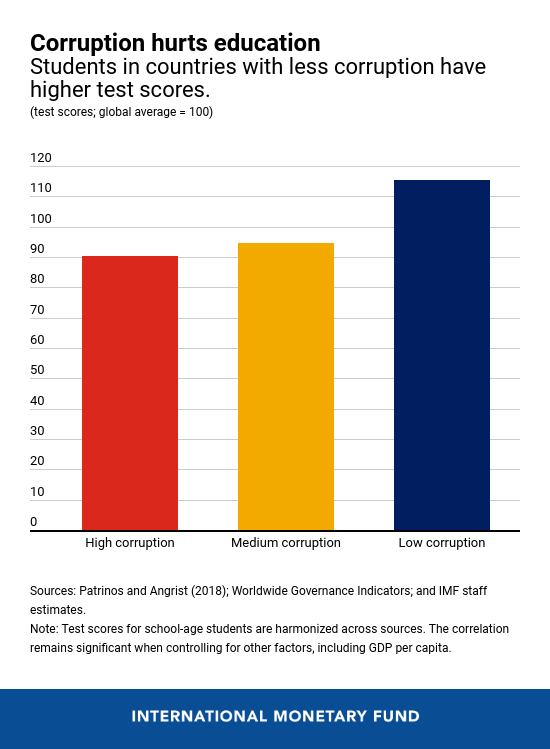
A synthetic central bank digital currency (sCBDC) based on public-private partnerships is better than a fully functional CBDC, according to the International Monetary Fund (IMF).
Director of the Department of exchange controls and capital markets IMF Tobias Adrian and Deputy Head of the Department Tommaso Mancini-Griffoli described in the blog benefits sCBDC model. She intends to leave the issue and support of stable digital currencies to private issuers, and the Central Bank will protect the assets of their customers.
IMF officials warned that the launch of the CBDC would require central banks to participate in many stages of the payment chain. This can be costly and risky for the Central Bank, as they fall into an unfamiliar territory of brand management, application development, technology choice and customer interaction.
As a result of public-private partnerships within the sCBDC model, central banks will focus on their core functions – supervision, confidence and efficiency. The private sector will engage in innovation and work with clients, which can do much better than the Central Bank, IMF managers emphasized.
According to them, if central banks are considering digital alternatives to cash, then sCBDC is a “potentially attractive option” for them.
“Will sCBDC become the money of the central bank of the future? One thing is certain: the world of fiat currencies is constantly changing, and innovation will transform the banking sector and money. You can bet the last dollar on it , ”concluded Adrian and Mancini Griffoli.
Recall, according to the chief economist of ING Bank Mark Cliffmight, central banks will launch full-featured CBDCs only after 2-3 years. Earlier media reported that the People’s Bank of China would release digital currency in November, but the regulator denied the information, calling it “inaccurate speculation.”
Follow BlockchainJournal on Twitter !
BlockchainJournal.news
BlockchainJournal.news

